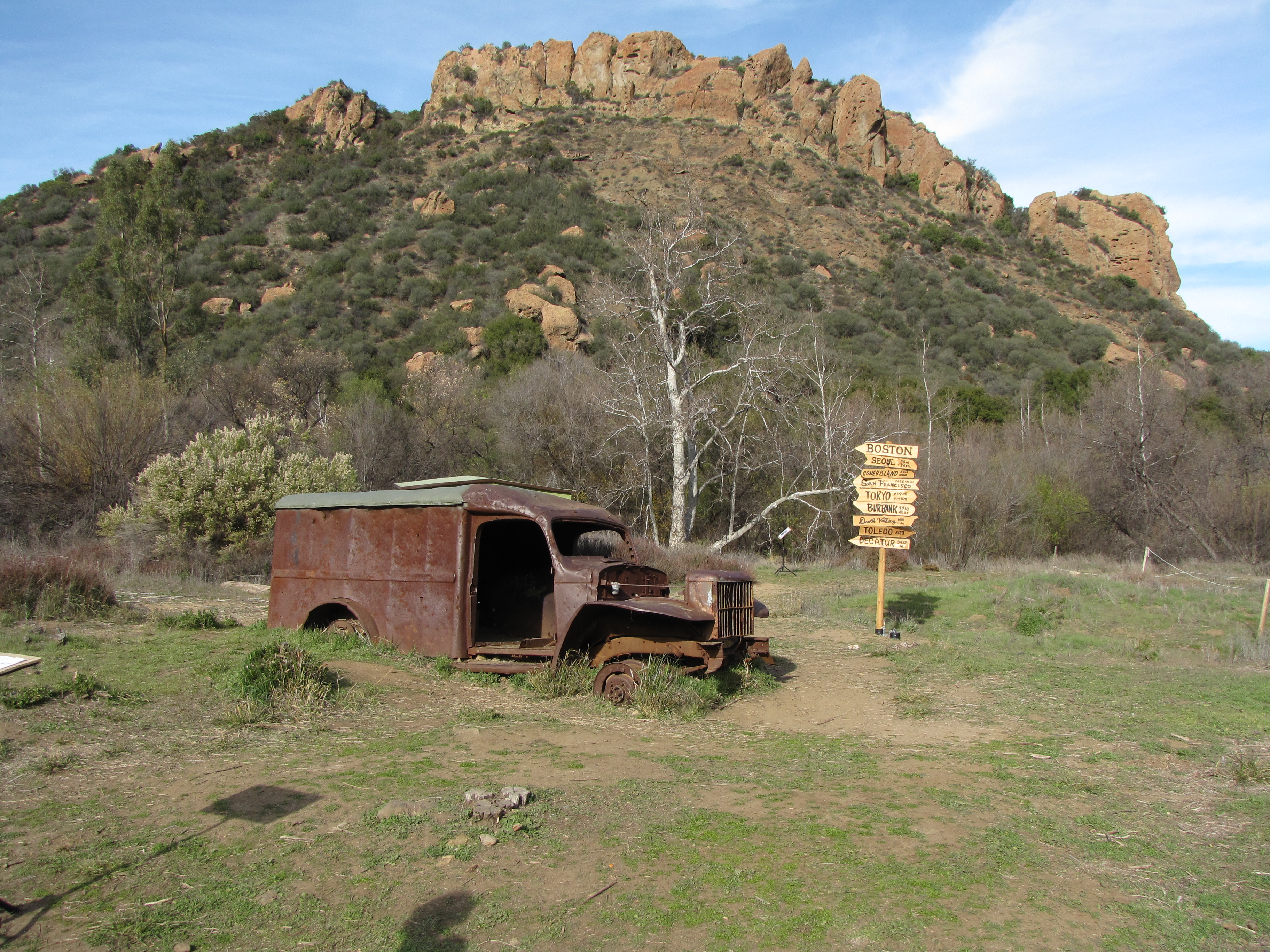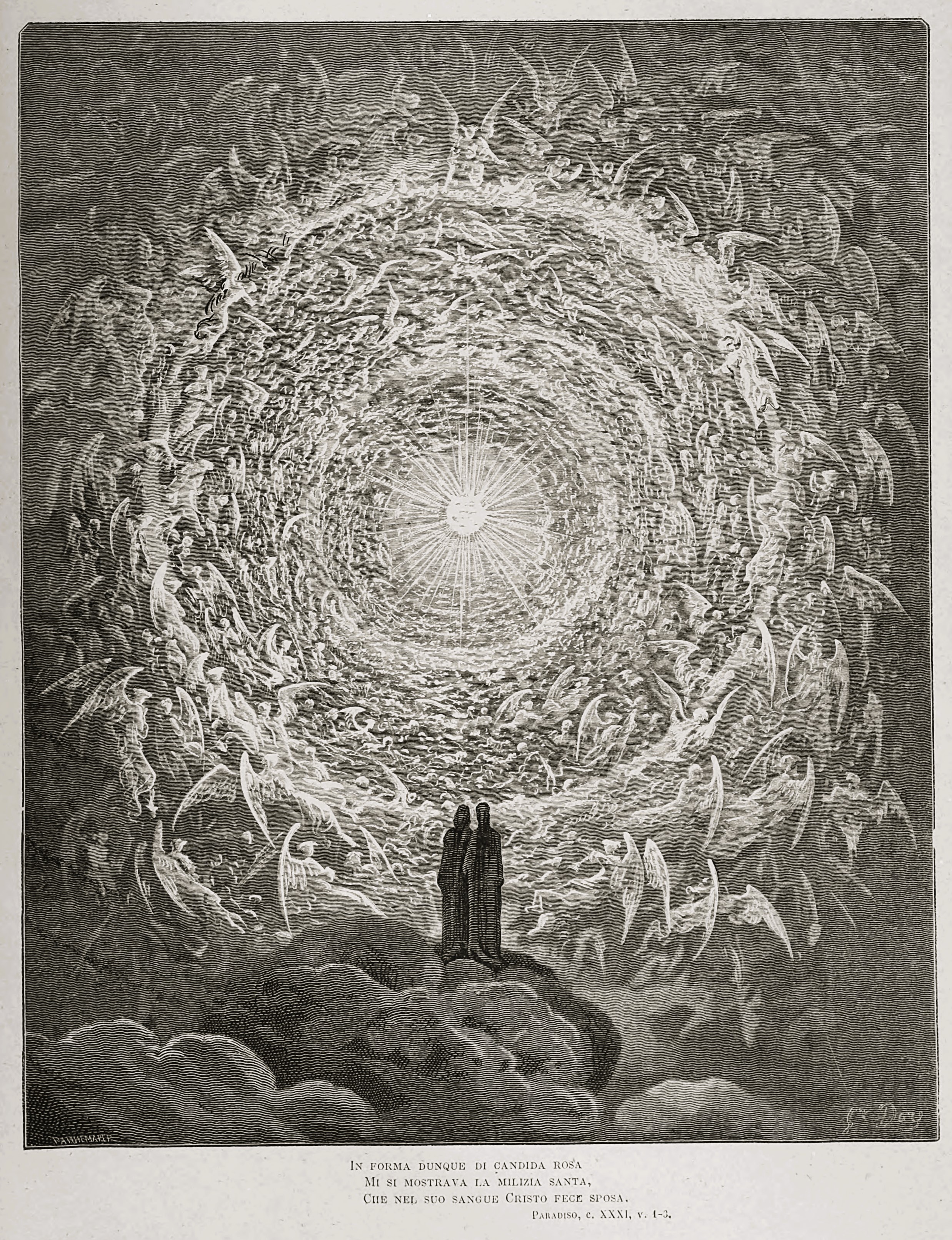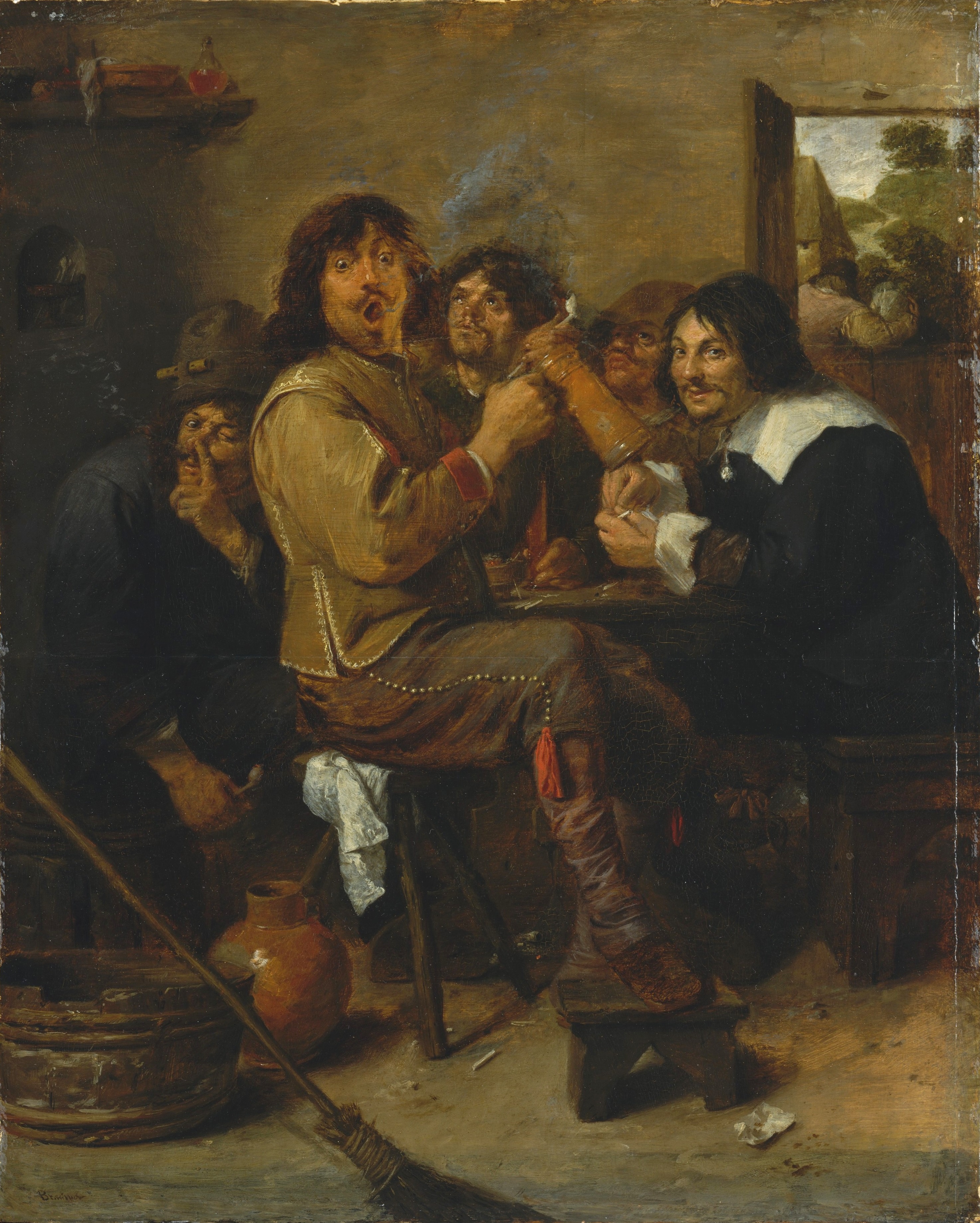|
Latter Days (comics)
''Latter Days'' is the tenth and final novel in Canadian cartoonist Dave Sim's ''Cerebus'' comic book series. It is made up of issues #266-300 of ''Cerebus''. It was collected as the 15th and 16th "phonebook" volumes, as ''Latter Days'' (#266-288, November 2003) and ''The Last Day'' (#289-300, June 2004). The novel concludes Cerebus life, as Sim had long announced it would, and is generally considered the most difficult and problematic of the ''Cerebus'' novels. Narrated by Cerebus from sometime later in his life, ''Latter Days'' is heavy in religious themes, and also features caricatures of the Three Stooges and Woody Allen. Background Sim had declared early on that ''Cerebus'' would chronicle the life leading up to death of its titular character. The Judge at the end of '' Church & State'' had foretold that Cerebus would "die alone, unmourned and unloved". The main ''Cerebus'' story came to an end with issue #200; the final 100 issues served as a dénouement, with ''Latter Da ... [...More Info...] [...Related Items...] OR: [Wikipedia] [Google] [Baidu] |
Cerebus The Aardvark
''Cerebus'' (; also ''Cerebus the Aardvark'') is a comic book series created by Canadian cartoonist Dave Sim, which ran from December 1977 until March 2004. The title character of the 300-issue series is an anthropomorphic aardvark who takes on a number of roles throughout the series—barbarian, prime minister, and Pope among them. The series stands out for its experimentation in form and content, and for the dexterity of its artwork, especially after background artist Gerhard joined with the 65th issue. As the series progressed, it increasingly became a platform for Sim's controversial beliefs. The comic began as a parody of sword and sorcery comics, primarily Marvel's version of Conan the Barbarian. However, it evolved to explore a variety of other topics, including politics, religion, and gender issues. At a total of 6,000 pages, it progressively became more serious and ambitious than its parodic roots. Sim announced early on that the series would end with the death of the ... [...More Info...] [...Related Items...] OR: [Wikipedia] [Google] [Baidu] |
M*A*S*H (TV Series)
''M*A*S*H'' (an acronym for Mobile Army Surgical Hospital) is an American war film, war comedy-drama television series that aired on CBS from September 17, 1972 to February 28, 1983. It was developed by Larry Gelbart as the first original spin-off series adapted from the 1970 feature film ''M*A*S*H (film), M*A*S*H'', which, in turn, was based on Richard Hooker (author), Richard Hooker's 1968 novel ''MASH: A Novel About Three Army Doctors''. The series, which was produced with 20th Century Fox Television for CBS, follows a team of doctors and support staff stationed at the "4077th Mobile Army Surgical Hospital" in Uijeongbu, South Korea, during the Korean War (1950–53). The ensemble cast originally featured Alan Alda and Wayne Rogers as surgeons Benjamin "Hawkeye" Pierce and "Trapper" John McIntyre, the protagonists of the show, joined by Larry Linville as surgeon Frank Burns, Loretta Swit as head nurse Margaret "Hot Lips" Houlihan, McLean Stevenson as company commander Henry Bl ... [...More Info...] [...Related Items...] OR: [Wikipedia] [Google] [Baidu] |
Hell
In religion and folklore, hell is a location in the afterlife in which evil souls are subjected to punitive suffering, most often through torture, as eternal punishment after death. Religions with a linear divine history often depict hells as eternal destinations, the biggest examples of which are Christianity and Islam, whereas religions with reincarnation usually depict a hell as an intermediary period between incarnations, as is the case in the dharmic religions. Religions typically locate hell in another dimension or under Earth's surface. Other afterlife destinations include heaven, paradise, purgatory, limbo, and the underworld. Other religions, which do not conceive of the afterlife as a place of punishment or reward, merely describe an abode of the dead, the grave, a neutral place that is located under the surface of Earth (for example, see Kur, Hades, and Sheol). Such places are sometimes equated with the English word ''hell'', though a more corr ... [...More Info...] [...Related Items...] OR: [Wikipedia] [Google] [Baidu] |
Heaven
Heaven or the heavens, is a common religious cosmological or transcendent supernatural place where beings such as deities, angels, souls, saints, or venerated ancestors are said to originate, be enthroned, or reside. According to the beliefs of some religions, heavenly beings can descend to Earth or incarnate and earthly beings can ascend to Heaven in the afterlife or, in exceptional cases, enter Heaven alive. Heaven is often described as a "highest place", the holiest place, a Paradise, in contrast to hell or the Underworld or the "low places" and universally or conditionally accessible by earthly beings according to various standards of divinity, goodness, piety, faith, or other virtues or right beliefs or simply divine will. Some believe in the possibility of a heaven on Earth in a '' world to come''. Another belief is in an axis mundi or world tree which connects the heavens, the terrestrial world, and the underworld. In Indian religions, heaven is cons ... [...More Info...] [...Related Items...] OR: [Wikipedia] [Google] [Baidu] |
Flashback (narrative)
A flashback (sometimes called an analepsis) is an interjected scene that takes the narrative back in time from the current point in the story. Flashbacks are often used to recount events that happened before the story's primary sequence of events to fill in crucial backstory. In the opposite direction, a flashforward (or prolepsis) reveals events that will occur in the future. Both flashback and flashforward are used to cohere a story, develop a character, or add structure to the narrative. In literature, internal analepsis is a flashback to an earlier point in the narrative; external analepsis is a flashback to a time before the narrative started. In film, flashbacks depict the subjective experience of a character by showing a memory of a previous event and they are often used to "resolve an enigma". Flashbacks are important in film noir and melodrama films. In films and television, several camera techniques, editing approaches and special effects have evolved to alert the ... [...More Info...] [...Related Items...] OR: [Wikipedia] [Google] [Baidu] |
Life Review
The term life review, or flashback before death, refers to a phenomenon widely reported as occurring during near-death experiences, in which a person rapidly sees much or the totality of their life history. Life review is often described by people claiming to have experienced this phenomenon as "''having their life flash before their eyes''". The phenomenon also refers to a widely-used trope in fiction, film, and television where a recap montage of a character's life is shown in a sequence before that character's death. Research and phenomenology CommentatorsHagan, John C. "Near-Death Experiences. I Hope You Are Comfortable With Them By Now!" ''Missouri Medicine'', 112:2 March/April 2015Long, Jeffrey. "Near-Death Experiences. Evidence for Their Reality". ''Missouri Medicine'', 111:5, September/October 2014 note that near-death experiencers undergo a life review in which the meaning of their life is presented to them, but also how their life affected other people, as well as an a ... [...More Info...] [...Related Items...] OR: [Wikipedia] [Google] [Baidu] |
Islam
Islam (; ar, ۘالِإسلَام, , ) is an Abrahamic monotheistic religion centred primarily around the Quran, a religious text considered by Muslims to be the direct word of God (or ''Allah'') as it was revealed to Muhammad, the main and final Islamic prophet.Peters, F. E. 2009. "Allāh." In , edited by J. L. Esposito. Oxford: Oxford University Press. . (See alsoquick reference) " e Muslims' understanding of Allāh is based...on the Qurʿān's public witness. Allāh is Unique, the Creator, Sovereign, and Judge of mankind. It is Allāh who directs the universe through his direct action on nature and who has guided human history through his prophets, Abraham, with whom he made his covenant, Moses/Moosa, Jesus/Eesa, and Muḥammad, through all of whom he founded his chosen communities, the 'Peoples of the Book.'" It is the world's second-largest religion behind Christianity, with its followers ranging between 1-1.8 billion globally, or around a quarter of the world' ... [...More Info...] [...Related Items...] OR: [Wikipedia] [Google] [Baidu] |
Sphinx
A sphinx ( , grc, σφίγξ , Boeotian: , plural sphinxes or sphinges) is a mythical creature with the head of a human, the body of a lion, and the wings of a falcon. In Greek tradition, the sphinx has the head of a woman, the haunches of a lion, and the wings of a bird. She is mythicized as treacherous and merciless, and will kill and eat those who cannot answer her riddle. This deadly version of a sphinx appears in the myth and drama of Oedipus. Unlike the Greek sphinx, which was a woman, the Egyptian sphinx is typically shown as a man (an androsphinx ( grc, ανδρόσφιγξ)). In addition, the Egyptian sphinx was viewed as benevolent but having a ferocious strength similar to the malevolent Greek version. Both were thought of as guardians and often flank the entrances to temples. In European decorative art, the sphinx enjoyed a major revival during the Renaissance. Later, the sphinx image, initially very similar to the original Ancient Egyptian concept, was expo ... [...More Info...] [...Related Items...] OR: [Wikipedia] [Google] [Baidu] |
Genetic Engineering
Genetic engineering, also called genetic modification or genetic manipulation, is the modification and manipulation of an organism's genes using technology. It is a set of technologies used to change the genetic makeup of cells, including the transfer of genes within and across species boundaries to produce improved or novel organisms. New DNA is obtained by either isolating and copying the genetic material of interest using recombinant DNA methods or by artificially synthesising the DNA. A construct is usually created and used to insert this DNA into the host organism. The first recombinant DNA molecule was made by Paul Berg in 1972 by combining DNA from the monkey virus SV40 with the lambda virus. As well as inserting genes, the process can be used to remove, or " knock out", genes. The new DNA can be inserted randomly, or targeted to a specific part of the genome. An organism that is generated through genetic engineering is considered to be genetically modified ( ... [...More Info...] [...Related Items...] OR: [Wikipedia] [Google] [Baidu] |
LGBT Parenting
LGBT parenting refers to lesbian, gay, bisexual, and transgender (LGBT) people raising one or more children as parents or foster care parents. This includes: children raised by same-sex couples (same-sex parenting), children raised by single LGBT parents, and children raised by an opposite-sex couple where at least one partner is LGBT. Opponents of LGBT rights have argued that LGBT parenting adversely affects children. However, scientific research consistently shows that gay and lesbian parents are as fit and capable as heterosexual parents, and their children are as psychologically healthy and well-adjusted as those reared by heterosexual parents. Major associations of mental health professionals in the U.S., Canada, and Australia have not identified credible empirical research that suggests otherwise. Forms LGBT people can become parents through various means including current or former relationships, coparenting, adoption, foster care, donor insemination, reciprocal IVF, and ... [...More Info...] [...Related Items...] OR: [Wikipedia] [Google] [Baidu] |
Recreational Drug Use
Recreational drug use indicates the use of one or more psychoactive drugs to induce an altered state of consciousness either for pleasure or for some other casual purpose or pastime by modifying the perceptions and emotions of the user. When a psychoactive drug enters the user's body, it induces an Substance intoxication, intoxicating effect. Generally, recreational drugs are divided into three categories: depressants (drugs that induce a feeling of relaxation and calmness); stimulants (drugs that induce a sense of energy and alertness); and hallucinogens (drugs that induce perceptual distortions such as hallucination). In popular practice, recreational drug use generally is a tolerated social behaviour, rather than perceived as the medical condition of self-medication. However, heavy use of some drugs is Social stigma, socially stigmatized. Many people also use prescribed and controlled depressants such as opioids, as well as opiates and benzodiazepines. Common recreational dr ... [...More Info...] [...Related Items...] OR: [Wikipedia] [Google] [Baidu] |
Zoophilia
Zoophilia is a paraphilia involving a sexual fixation on non-human animals. Bestiality is cross-species sexual activity between humans and non-human animals. The terms are often used interchangeably, but some researchers make a distinction between the attraction (zoophilia) and the act (bestiality). In many parts of the world, bestiality is illegal under animal abuse laws or laws dealing with sodomy or crimes against nature. Terminology General Three key terms commonly used in regards to the subject—''zoophilia'', ''bestiality'', and ''zoosexuality''—are often used somewhat interchangeably. Some researchers distinguish between zoophilia (as a persistent sexual interest in animals) and bestiality (as sexual acts with animals), because bestiality is often not driven by a sexual preference for animals. Some studies have found a preference for animals is rare among people who engage in sexual contact with animals. Furthermore, some zoophiles report they have never had ... [...More Info...] [...Related Items...] OR: [Wikipedia] [Google] [Baidu] |



.jpg)


